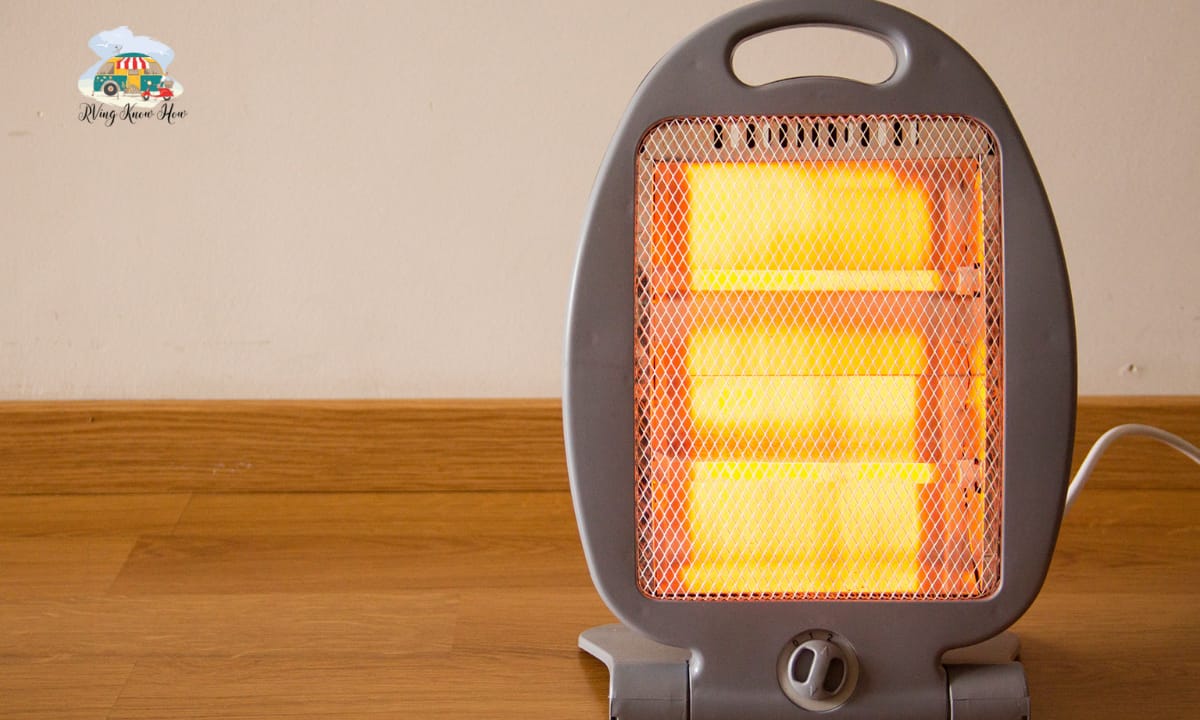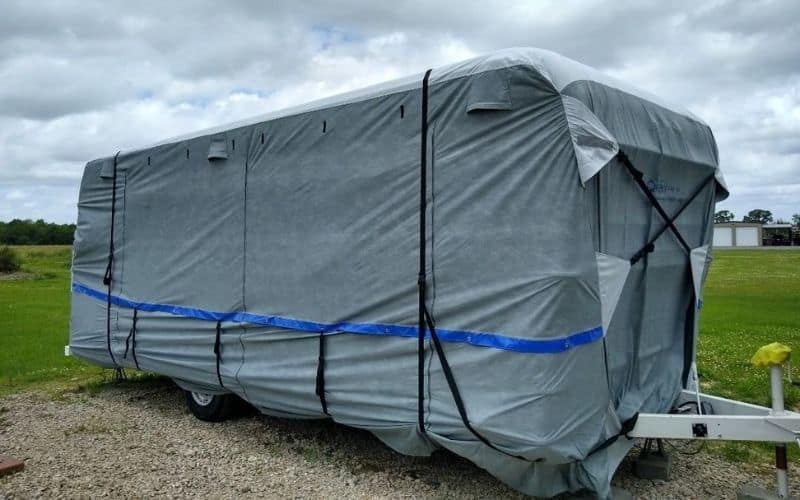There are numerous scenarios in which having a way to heat without having access to electricity could be helpful.
In today’s age, it is hard to imagine a time without electricity, but many folks take to camping as a way of escaping the digital hustle and bustle of daily life. It helps to be prepared in emergencies as well.
So, how can you heat your camper without electricity While boondocking or dry camping?
There are many options, but we picked the most feasible and accessible options for Heating your RV in the Winter without using any electricity or a Furnace.
-
Use your vehicle’s heater
-
Use a portable gas heater specially designed for boondocking
-
Mount a vented furnace
-
Keep your camper well insulated
-
Protective gear for yourself
Depending on your situation, not all of these will be applicable. However, all of these options can be helpful to know in case you are in an emergency where heat is necessary or when boondocking.
Whether you are looking to get off the grid for a while or just got caught in an unexpected cold storm for a night, we will give you the knowledge you need to be prepared and warm.
In this article, we will give you some of the most accessible options for when you have no access to electricity but need a way to stay warm.
Other than the five listed above, we added a few helpful tips that you can use when you can use to keep yourself warm beyond just heating the camper.
Method 1: Use Your Vehicle’s Heater
This first method is usually used in emergencies only. So, don’t rely on this as the most effective or as a long-term way to heat your camper.
Follow the steps below if you have no other choice than to use your vehicle’s heater to heat your camper:
-
Start your vehicle before you go to sleep.
-
Crank your heater up as high as you can.
-
Let it run for 10-15 minutes to get your camper nice and toasty.
-
Once warm, turn the vehicle off.
The accumulated heat will help your camper stay warm throughout the night. This method is excellent in a pinch but only works well if your camper is adequately insulated.
Be aware of your fuel level when idling your vehicle. Though this method is convenient, it is not particularly efficient.
For your vehicle’s heater to work correctly, you need to run your engine. This, of course, burns fuel. If it is between using a little gas or freezing, just be aware of your fuel level, so you don’t accidentally strand yourself.
Method 2: Purchase a Portable Heater
Having a portable and safe RV heater that runs off of gas or propane will be the best option to keep warm in our RV in freezing temperatures while boondocking.
This is a great longer-term fix, and it can be used as a back-up or as your typical heat source if appropriately used.
Portable gas heaters offer a lot of bang for your buck. They put out a lot of heat and can be placed pretty much anywhere inside your camper.
Most are powered by propane or butane. Usually, the little 1lb green canisters that you would use on a camping stove. The heat output is quite strong.
Mr. Buddy – best heater for rV boondocking
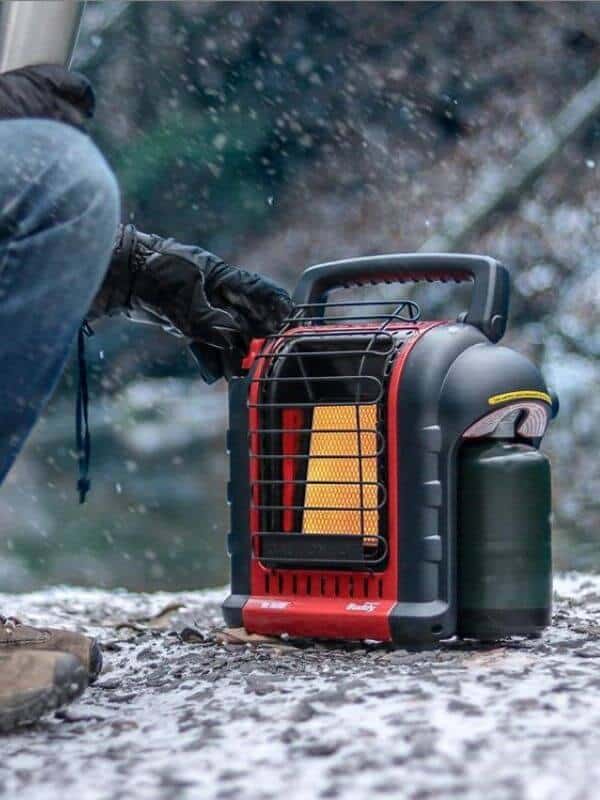
The Mr. Buddy Propane Heater, made by Mr. Buddy, is by far the most popular and best heater for rv boondocking among van dwellers, camper owners, and preppers. Many will run the Mr. Buddy heater before bedtime so their camper will retain some heat throughout the night, and then run it once again in the morning to warm themselves and their camper back up.
There are three different sizes. The medium size puts out 4,000-9,000 BTU’s, making it just the right size for a van or small camper.
You can choose to get the smaller one if you are using for an emergency back-up or, the larger one if you feel you need more heating power.
The size of your camper will often determine the size of the heater you purchase and use.
One reason the Mr. Buddy heaters are so popular is that they turn off if they are tipped over. This prevents them from being a fire hazard.
However, be aware of space heater safety and the possibility of carbon monoxide poisoning.
Minimize your risk of Carbon Monoxide poisoning
The drawback of these portable gas heaters is that the combustion of propane in a closed space creates carbon monoxide.
You should only run them for short periods. Even those specified as for indoor use will create carbon monoxide unless they are vented to the outside.
Still, a portable gas heater is an excellent option for those residing in more moderate climates.
For when you need just to take the edge off or toast the inside of your camper, these are great.
They are just slightly under-qualified for serious use. Make sure you read the directions of any heater you bring into a closed space. You want to make sure that you have the proper venting to avoid carbon monoxide poisoning.
Method 3: Mount a Vented Furnace
A floor-mounted furnace is one of the most convenient, efficient, and powerful options available for keeping you warm.
If you have an already existing gas system for cooking, a furnace can take advantage of that previously existing system.
Some furnaces, like the Espar, are designed to plumb directly into your vehicle’s diesel gas tank.
Vented Furnaces are designed for comfort in cold climates. I installed a vented propane furnace in my van conversion because I wanted the ability to visit snow and travel in unforgiving winter conditions without having to freeze or worry about carbon monoxide.
The furnace I installed is the Suburban 2438ABK Nt, and I could recommend it highly enough.
Here are a few benefits of a mounted furnace as a heat source:
-
They bring in outside air to combust for heat and then vent the exhaust outside, so there is no risk of carbon monoxide build-up or poisoning.
-
They are mounted in a permanent location and come with a wired thermostat.
-
The thermostat allows you to set a minimum desired temperature. If it gets colder than the threshold, the furnace will kick in to keep your camper at a comfortable temperature.
-
They are the most luxurious and pain-free option for heating your camper.
One major thing to be aware of is that they require installation and a battery bank. The battery bank powers the thermostat and the fans.
The requirements of installation include:
-
You will need to plumb it to a propane tank.
-
The furnace needs flue holes to bring in air and to vent exhaust. You will have to drill them through the floor of your camper, where you want to position your furnace.
-
Place your thermostat in an area that gets good air circulation. This will ensure the most accurate reading and allow the furnace to function as designed.
Although a mounted furnace takes a little more prep work up front, in the end, it is the safest and easiest option.
When you have a heating system like this in place, you won’t often have to worry about how to heat your camper.
Method 4: Trapping Heat in Your Camper
Any heat you generate will not stay for long if your camper is not adequately insulated.
Proper insulation makes a huge difference when it comes to climate-controlling your camper in general. It will keep it cooler in the heat and warmer in the cold.
If your camper is not already well insulated, it’s not too late! Short of ripping up the walls and re-insulating them, there are still some things you can do that will have a significant impact on your heat loss.
1. Cover Your Windows to stay warm and keep the Cold breeze out of the RV
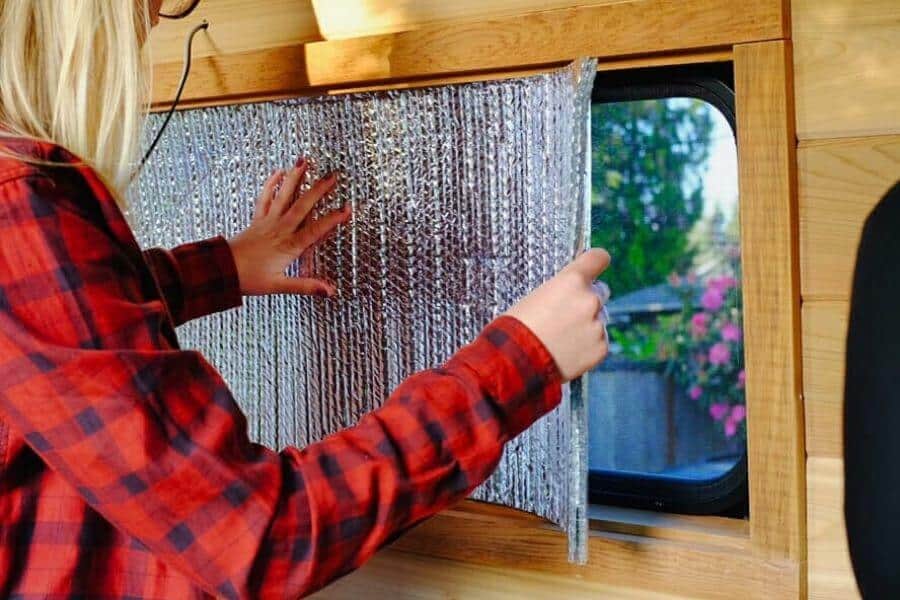
A considerable amount of heat is lost through your windows. Even in my van, which I have very thoroughly insulated, I can feel the difference when I don’t cover my windows on a chilly night.
The furnace kicks on more frequently and runs for longer because the generated heat escapes so quickly.
2. Making Custom Window Covers:
-
Make a stencil of your window out of cardboard.
-
Get the exact shape right.
-
Transpose the stencil to your material of choice. Many RVers use Reflectix.
-
Cut to size and test the fit.
3. Use Blankets for a Quick Fix
If you’re not into making custom window covers, you can do what I do.
Blankets. Simply put a blanket with magnets over your front windows when it’s cold. You might be surprised by the difference a small blanket can make.
Method 5: Camp in Temperate Climates
To avoid emergency heating situations, it all comes down to choosing your locations wisely. Coastal areas tend to be reasonably moderate in temperature year-round.
Southern California, for example, is known for being particularly clear, sunny, and pleasant, though it does encounter the occasional heavy storm in the winters.
You can also camp in the rain shadow of a mountain range. Rain shadows are often overlooked in favor of the coast.
Mountains will take the steam out of any large approaching storms and leave you with consistently pleasant weather.
An increasingly common trend is to become a Snowbird. During the winter, when the snow comes, move south to a more forgiving climate.
Still, no matter the environment you choose, you should be well researched in the area’s weather patterns. Being prepared and knowing what to expect from the weather is your best way to avoid an emergency heating situation.
Method 6: Hot Bottle Method
This is a great alternative to heating your entire camper. If you just need a way to keep your body temperature up, this can be a lifesaver.
You can also use this method when you are backpacking or if your power goes out in the winter at home.
Steps in the hot water bottle method:
Purchase a hot water bag if you plan to use this method regularly. They are essentially large leak-proof bags.
They are inexpensive, effective, and more comfortable than a hard water bottle.
Method 7: Use Proper Gear
The right clothing can make the difference between a comfortable night and a cold one.
This is especially important if you are planning to travel through areas that are known for chilly nights or cold weather snaps.
Some gear tips to keep in mind include:
Choose the Right Bedding
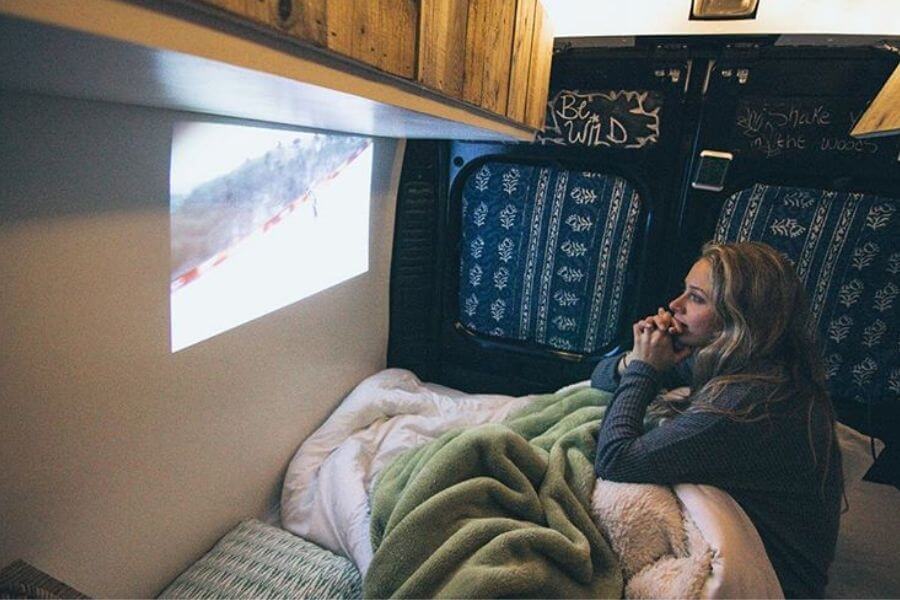
A common mistake people make when buying bedding is getting a comforter that is too heavy. They want to be prepared for the winter months but forget about the warmer ones.
If all you have is a heavy comforter, you will be cooking in the summer months.
Get a decent comforter and keep some heavy blankets handy for layering. This way, you can choose your desired level of warmth, depending on the climate.
Opting for a sleeping bag provides warmth and convenience over traditional bedding. A good sleeping bag is likely the warmest and most comfortable option.
Making the bed with a sleeping bag is super easy. Just stuff it back in the stuff sack, and you’re done. If you get a good one, it can essentially render any winter gear you would need to wear to bed useless.
All in all, having proper warm weather gear can help protect you from extreme cold and if you don’t have a way to heat your camper at all.
Be Prepared to Heat Your Camper
There is no one size fits all solution for heating your camper and staying warm without electricity while while camping in freezing temperatures. There are options to suit everybody’s needs and price range.
It all comes down to what makes the most sense for you, your camper, and your travel plans.
One thing to always keep in mind is that the better prepared you and your camper are, the less of an emergency a cold snap will seem.
Know your limits in the cold and always be sure that when you buy a camper, it is well insulated. This is helpful in both hot and cold temperatures.
If you can’t afford a full-on mounted furnace, you can always opt to get a portable gas heater.
No matter your circumstance or situation, there are things you can do to ensure you stay warm and toasty inside the comfort of your camper.
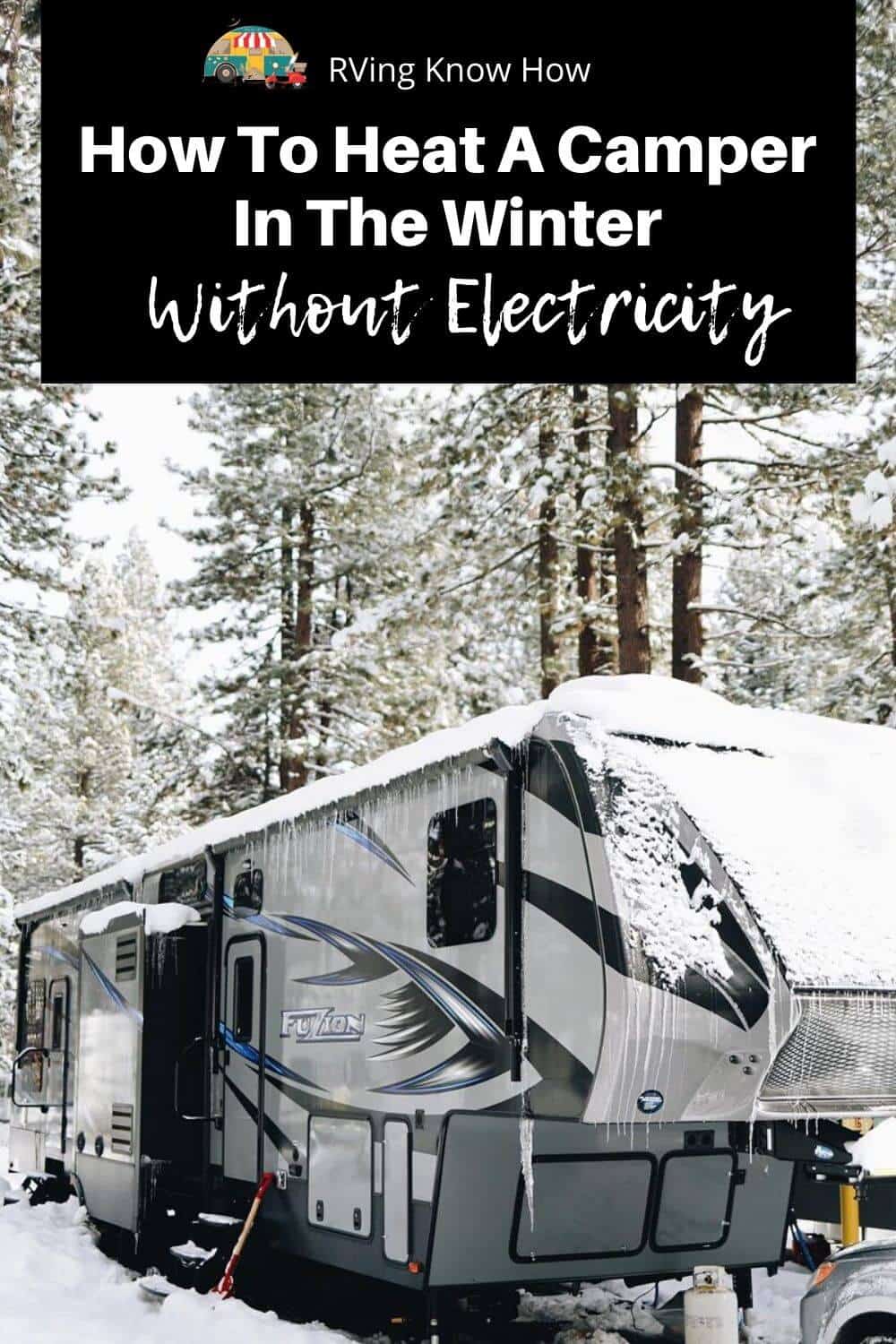

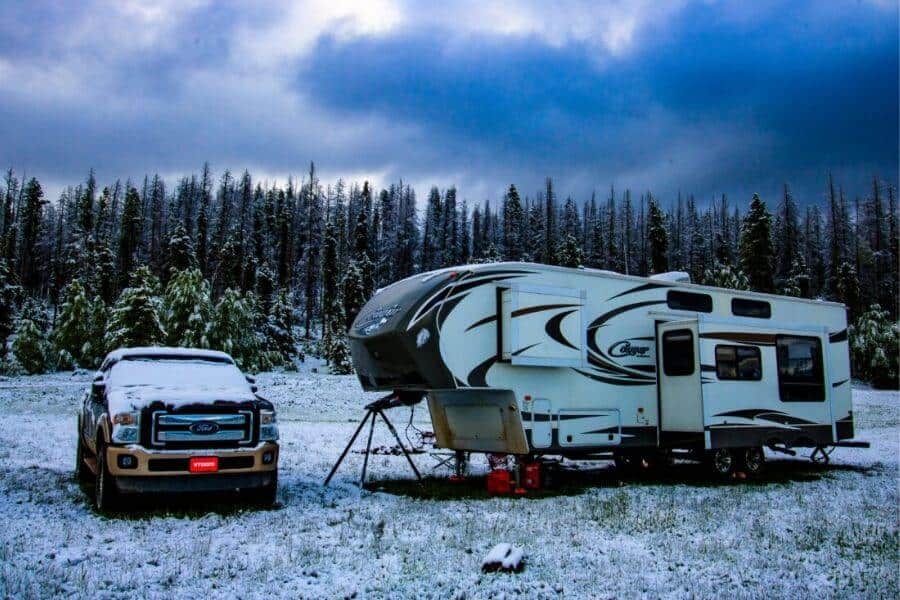
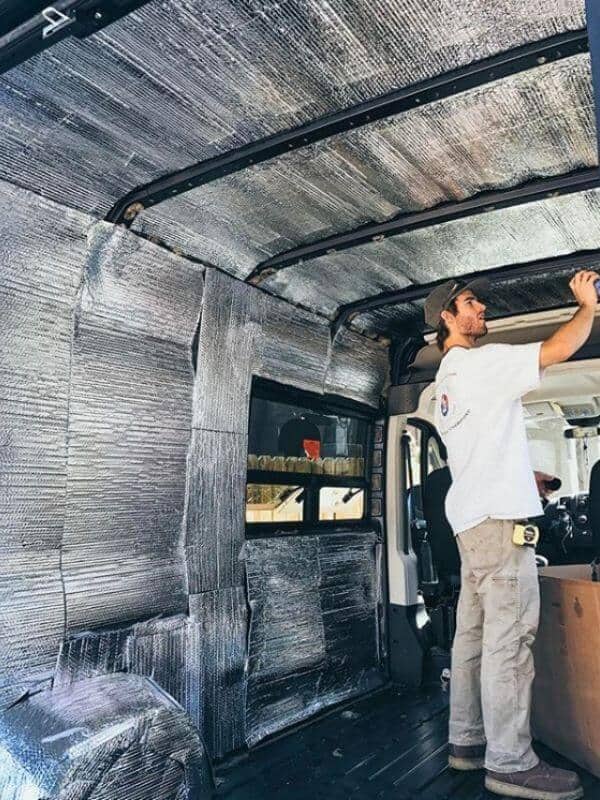
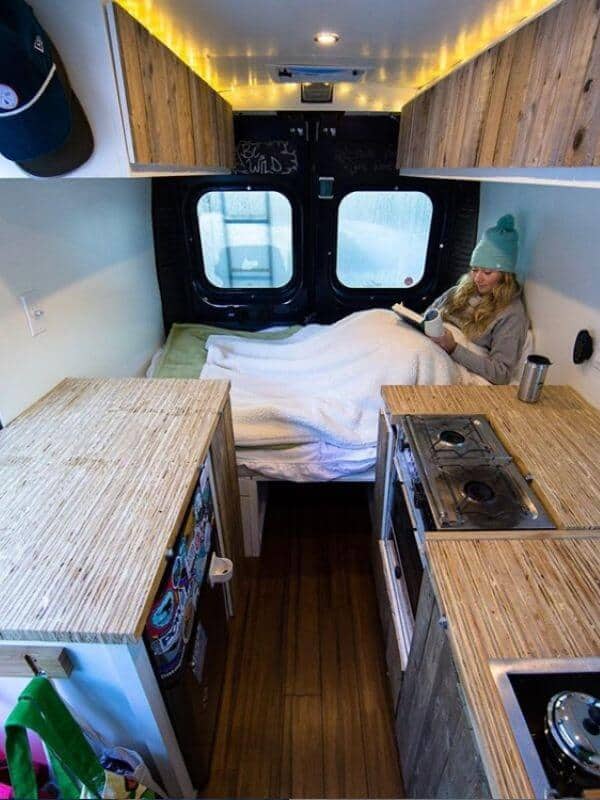
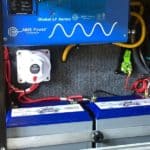
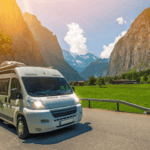
![6 Best Four Season Fifth Wheel RVs for Full-Time Living in [currentyear] 4 Best Four Season Fifth-Wheel Trailers](https://www.rvingknowhow.com/wp-content/uploads/2021/12/Best-Four-Season-Fifth-Wheel-Trailers.jpg)
